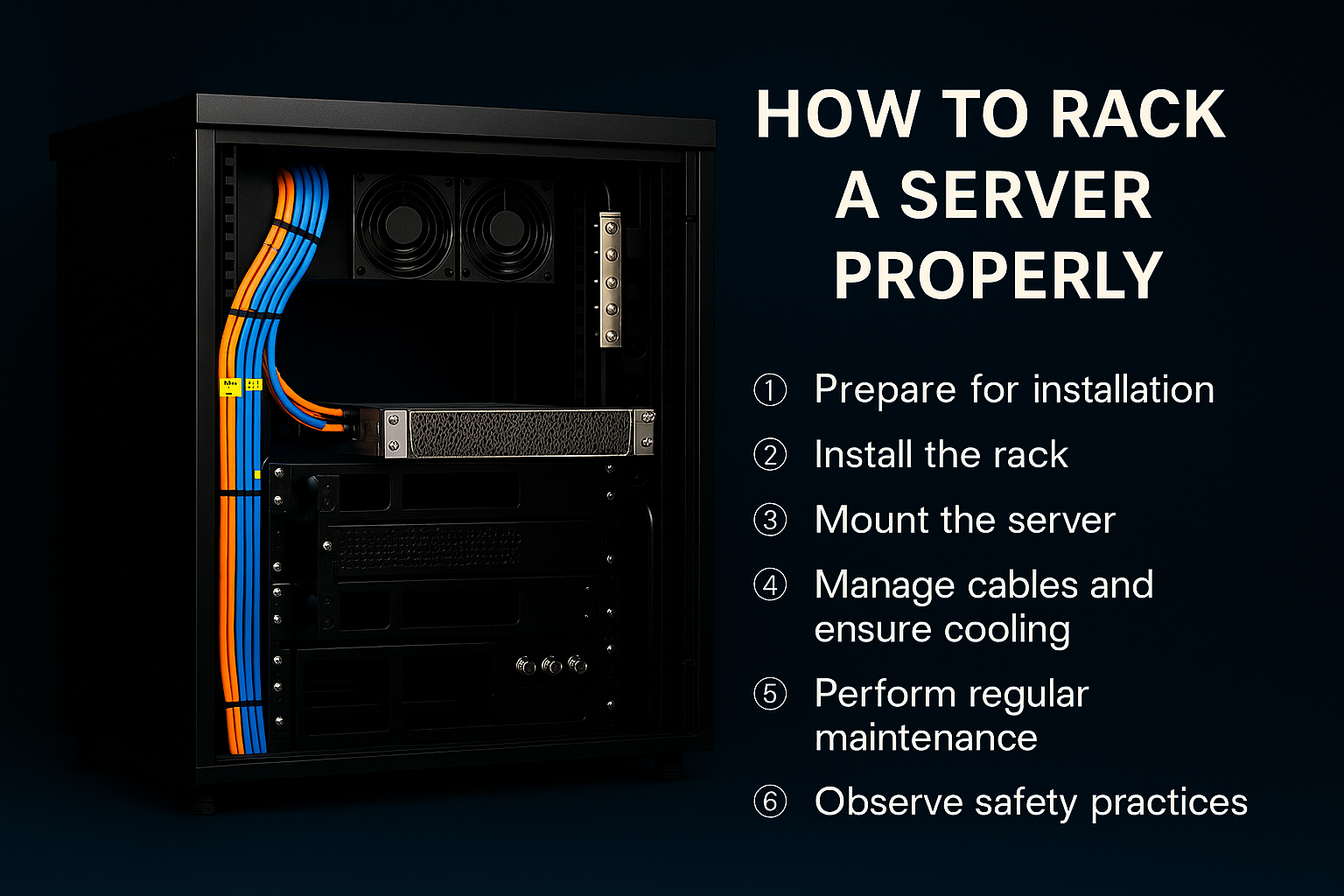
How to Mount Server in Rack: Installation Tips
Servers come as indispensable elements of a network infrastructure. They serve a...
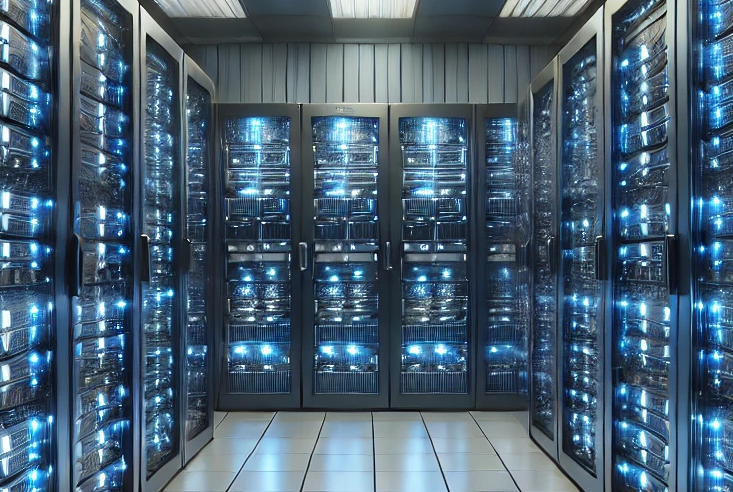
Nowadays, it’s difficult to imagine life without data centers. Although many people do not realize their importance, they stand behind multiple processes and serve as the “black cardinal” in different spheres. Data centers have a great impact on business running, data storage and processing, network processes, etc. Thus, they penetrated our lives firmly.
A data center is a complex infrastructure of IT devices connected together to cope with complicated computing tasks. Depending on the size, the number of components may reach several thousand or even more since large data centers occupy hectares of territory and specific facilities are deployed for their arrangement and maintenance.
DCs consist of hundreds of IT equipment pieces that perform together to process datum, store information, and tackle complicated tasks. Since computing tasks are energy-consuming procedures, hardware tends to heat a lot when being in constant operation. Taking into account that every hardware piece emits heat, the accumulated heat from all system components will result in a huge indicator. The neglect of the temperature control leads to equipment overheating and failure. This is why the issue of proper environmental arrangement and maintenance is vital for network systems in DCs.
Multiple control methods are used in system administration to monitor the temperature and maintain optimal climatic metrics. The most popular technologies include liquid cooling, fan installation, hot aisle and cold aisle management, etc. The latter is recognized to be one of the most effective ones. So, in the article, we’re going to discuss it and highlight the key benefits.
Technicians who are responsible for data center settlement tend to use hot and cold aisle maps when developing a layout for cabinet allocation. They are widely used in the domain due to the following benefits:
Despite the technology being approved to be efficient, it has some drawbacks, namely, design complexities and cost considerations. Due to complexities in design, it’s necessary to study maps at the stage of cabinet layout development. The latter challenge will pay off in a long perspective since this solution eliminates the need to install fans.
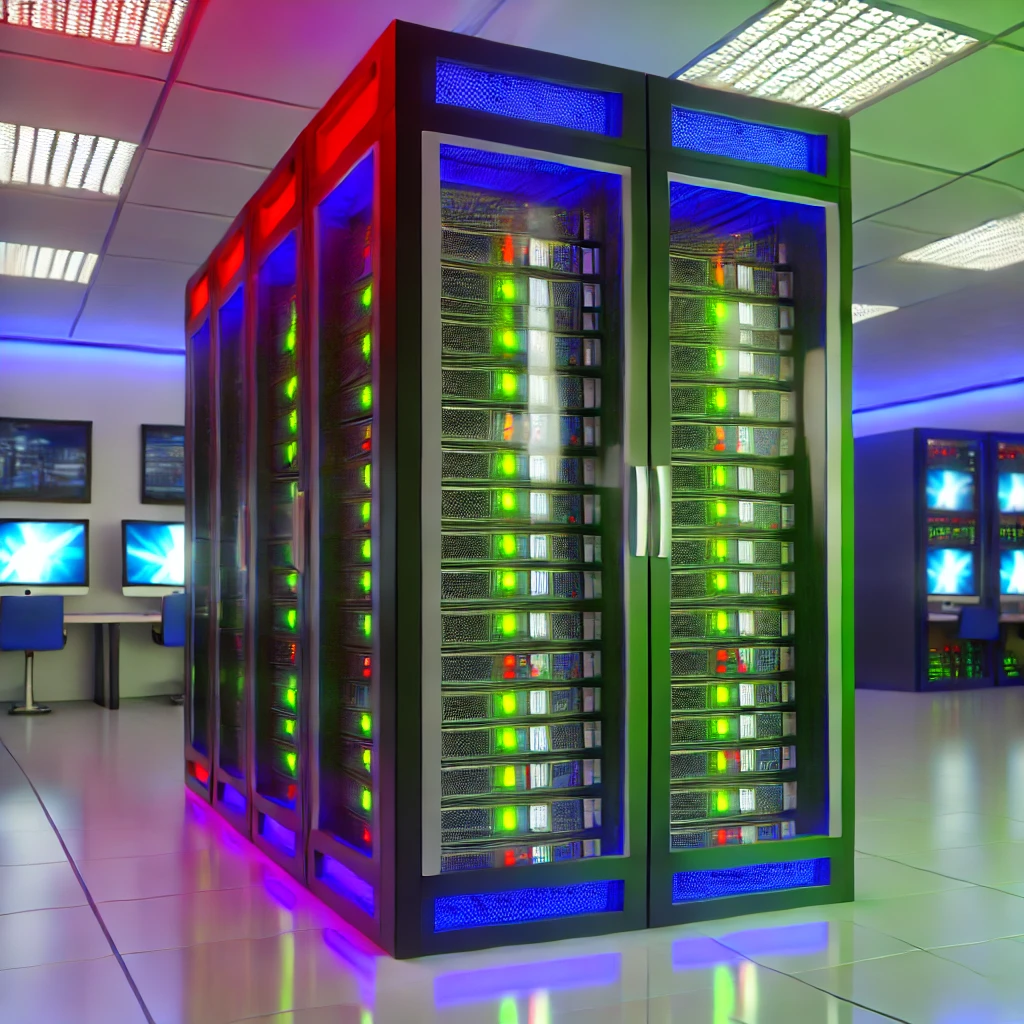
The rows of racks and cabinets form the underlying structure of the aisle containment system. Further, additional components are added to create a physical barrier and separate cold and hot aisles, preventing their mixing. These include:
The cold aisle containment data center embraces routes, via which cold air is supplied into server rooms. These are the only possible channels for col air circulation, so they are separated by the above-mentioned structures to prevent mixing. The creation of physical barriers allows for the creation of cold aisle containments, through which the air is supplied and directed. Cold aisle containment is beneficial due to the following features:
If you want to study more ways to cool your server room, read the article. More effective solutions are provided there to arrange an effective thermal picture.
The objective of the hot aisle containment data center is to enclose hot air masses and redirect them further to cooling systems. By entering an enclosed hot containment and coming through a ceiling plenum or ductwork, hot air is redirected to cooling devices. After cooling, the air is again passed to the server room via raised floor, ductwork, or computer room air conditioning (CRAC) units. The application of this strategy is beneficial due to the following advantages:
To sum up, data center hot aisle cold aisle containments form a single system and work coherently to achieve a single purpose of maintaining the optimal temperature in premises.
Although hot and cold air containments are highly effective, they are usually coupled with other cooling solutions. The modern system administration industry offers a wide range of solutions for air cooling. For instance, fan installation allows for directing the airflow in the set direction. The use of in-cabinet cooling helps create an effective indoor climate and ensures sufficient cooling of IT hardware, preventing overheating.
Besides, it’s not enough to arrange an indoor climate. It’s necessary to control and maintain it. For this purpose, diverse models of sensors, control and alarming tools, and temperature management accessories are used. By configuring sensors, technicians achieve perfect in-room climate optimization and can monitor it in real time. Metrics are recorded regularly, and once indicators go beyond the set values, an alarm is sent to a control board.
The industry is constantly evolving. Innovations and technologies are introduced to improve the effectiveness of heat removal from server rooms. Recently emerging trends include sustainability and automation.
Sustainability is aimed at reducing the amount of consumed natural resources and energy during DC operation. In this regard, liquid cooling strategies placement of DCs in cold regions, and aisle containments are highly effective. The integration of modern cooling tools helps reduce the amount of needed energy for DC functioning.
Automation trends imply the integration of digital and IT solutions to entrust routine tasks to AI. For instance, software is used to monitor climatic metrics, adjust indicators, and control an overall DC performance. Advanced systems can also make prompt decisions if the technical staff does not respond swiftly. Machine learning techniques help simplify DC performance while making it more effective.
The implementation of such technologies and the further improvements of modern innovations will make the industry even more convenient and easy for management and arrangement. Paying particular attention to the issue of data center cooling and efficiency will help develop new ways to treat DCs with minimum harm to the environment and maximum benefit for humans.
Network hardware is extremely sensitive to temperature exposure. Any breach of the optimal climate leads to overheating, failure in operation, and unexpected expenses on costly devices. The use of hot and cold air maps when designing the DC layout allows for tackling this problem and improving the natural capability of the room to cool equipment. Thus, the technology is widely used in complex with other methods when arranging a DC infrastructure.

Servers come as indispensable elements of a network infrastructure. They serve a...
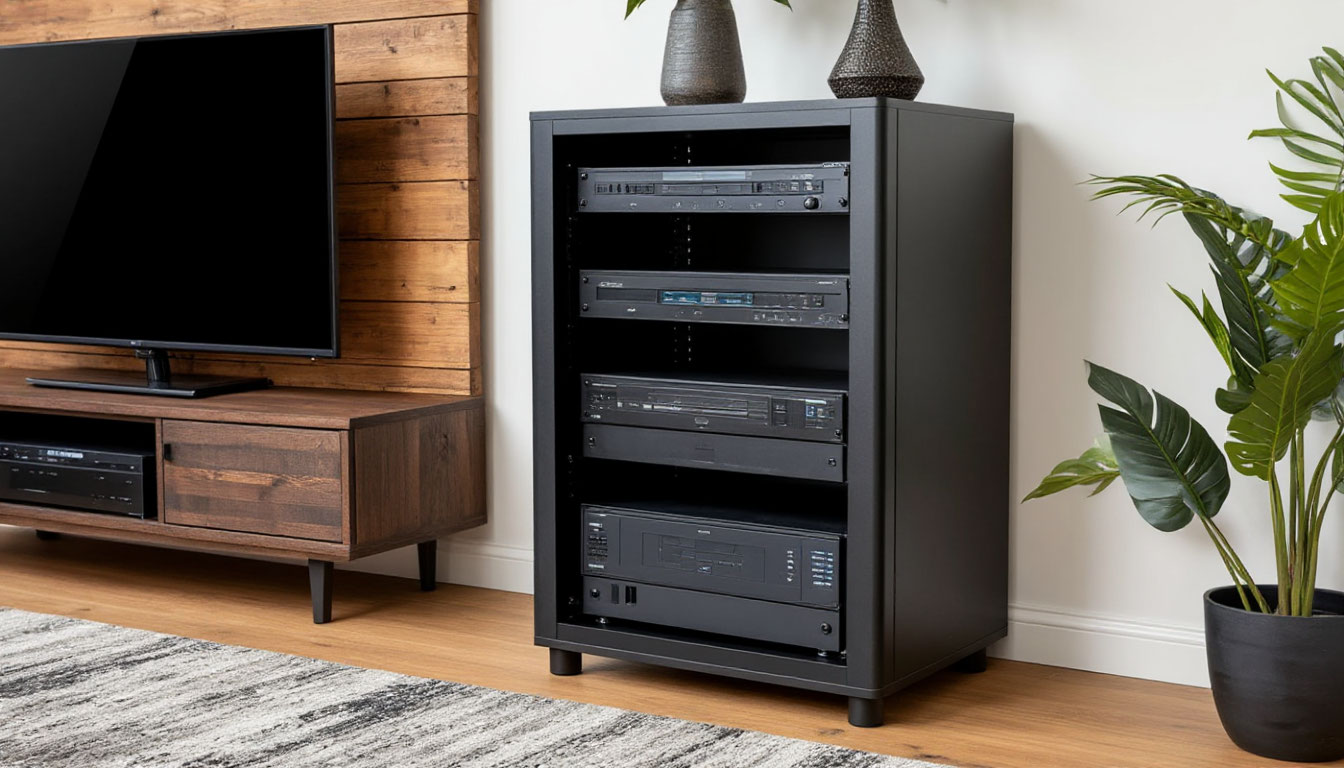
Most home owners want to enjoy movies in a good quality and with good sound. Thu...
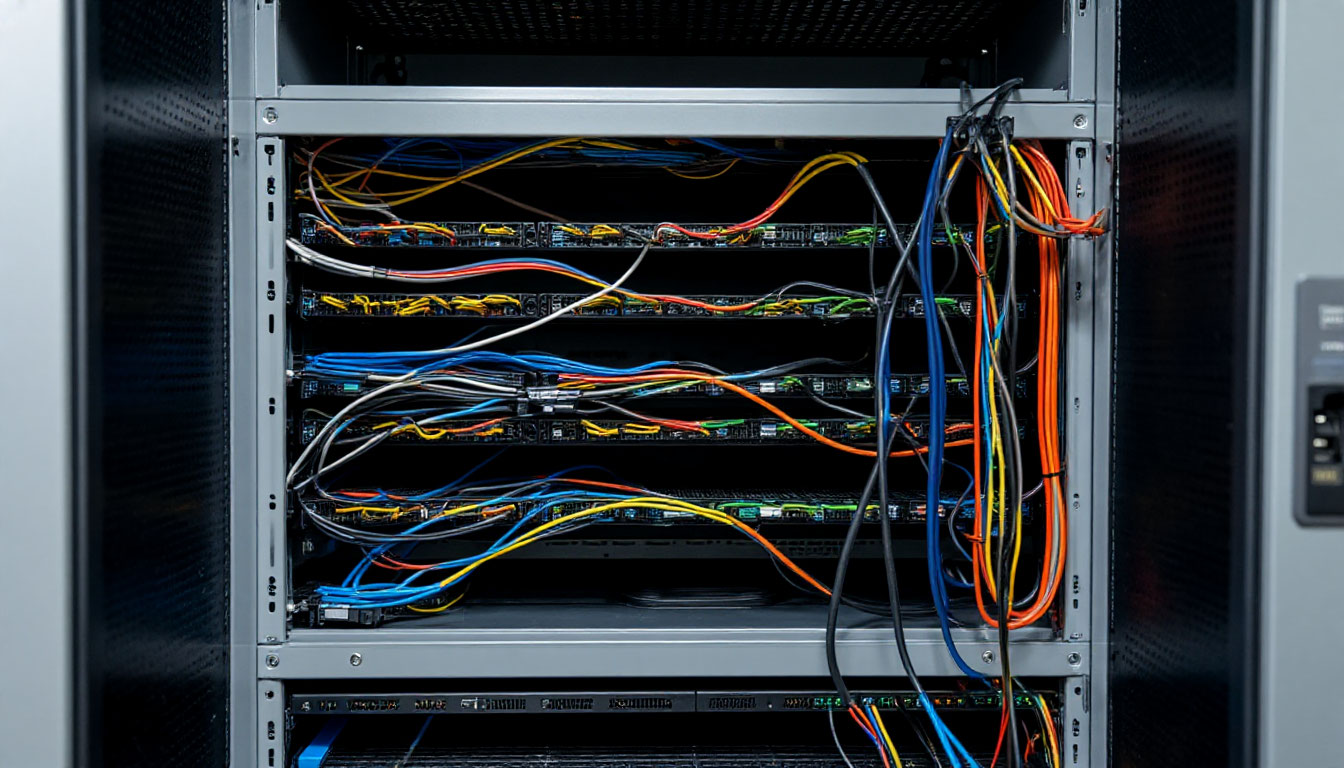
No system can function without power. Network devices consume energy during oper...